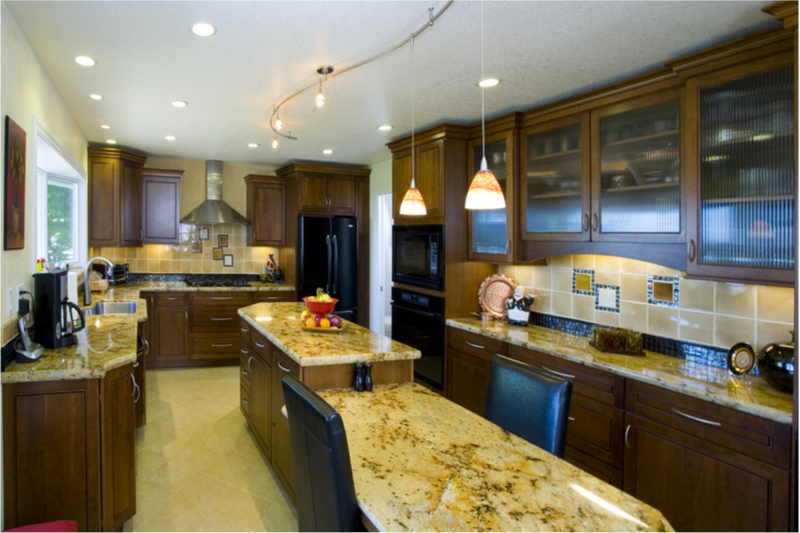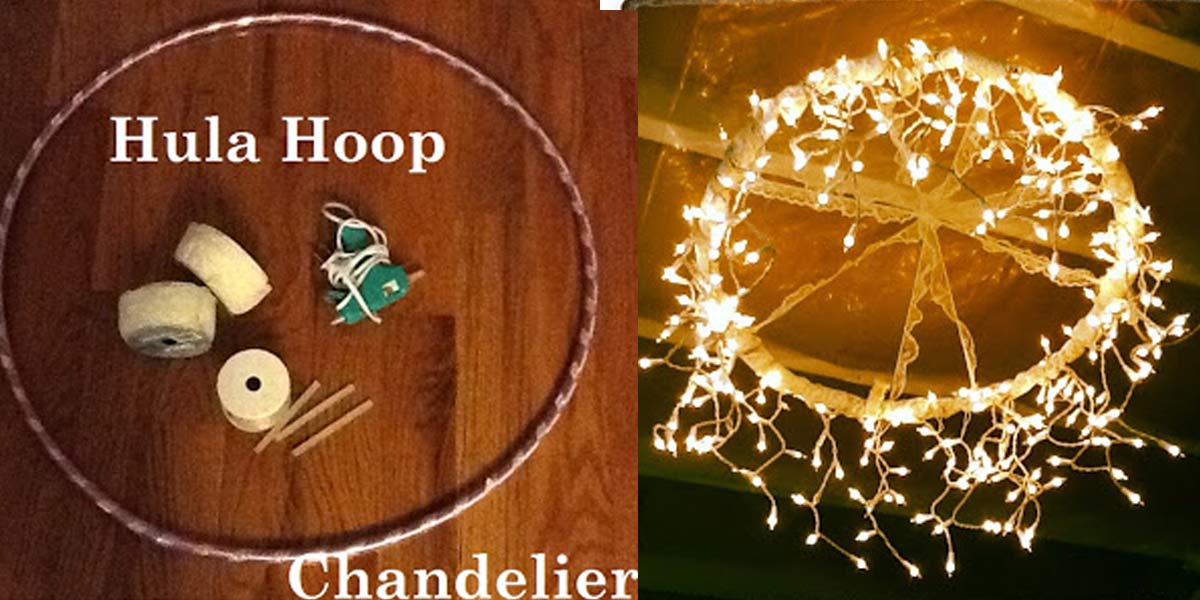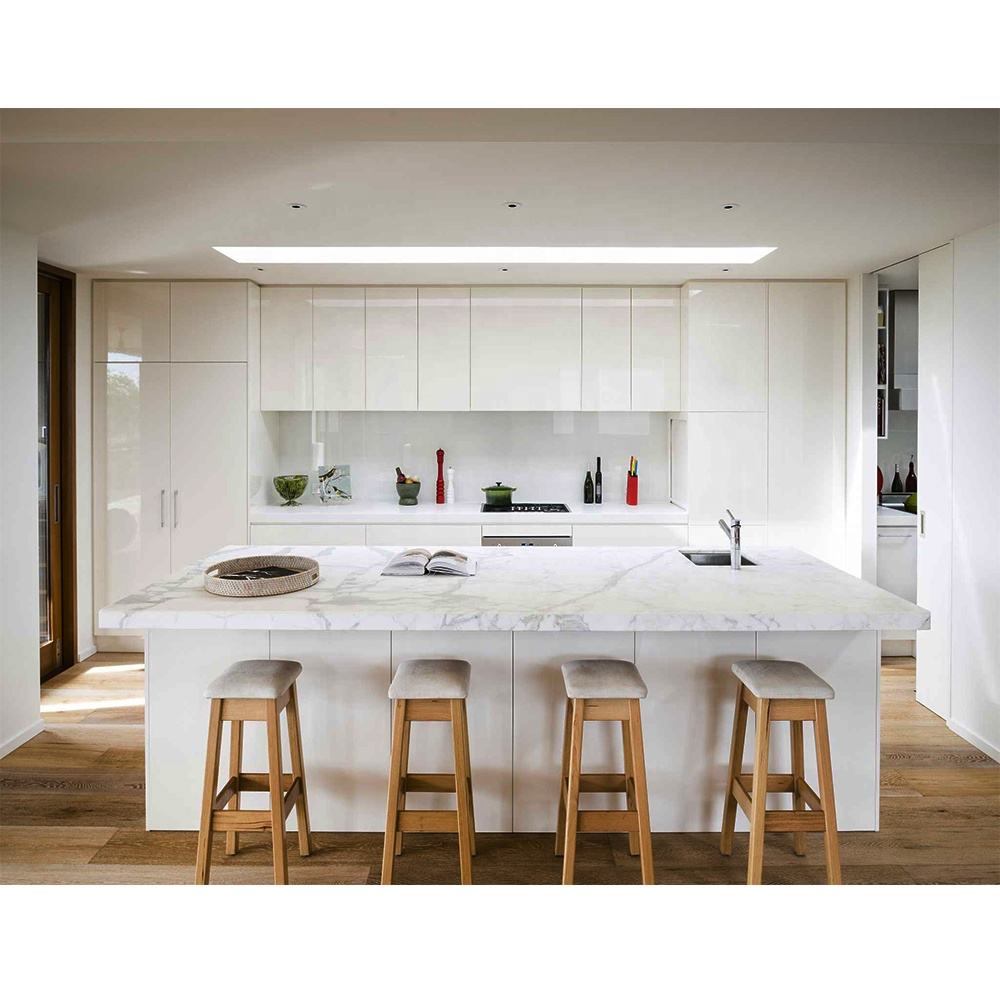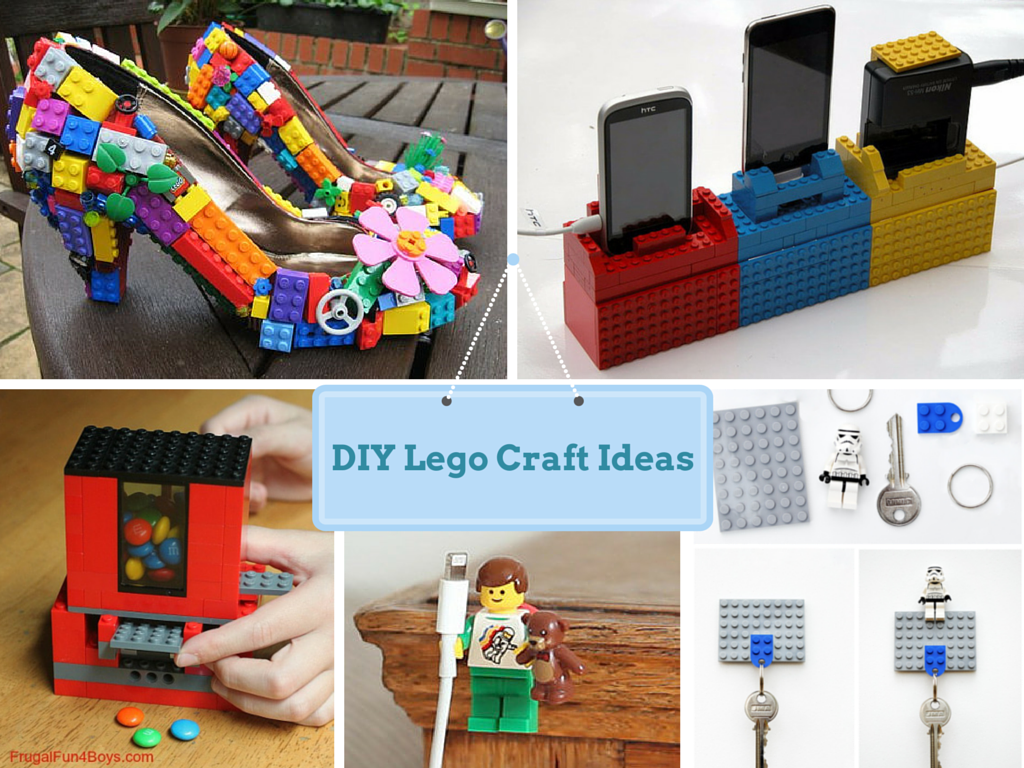Are you ready to upgrade your display shelves from amateur to museum-grade?
You could spend thousands of dollars on new, pre-lighted shelving units made specially for your collection.
You could hire an electrician to install track lighting focused on your shelves.
You could even try to jury-rig a lighting system from christmas lights and superglue!

image: Shutterstock.com
But did you know there is an easier solution? A way to get custom LED accent lighting for a few hours of work and the cost of a nice dinner? If you’re not afraid of a little basic wiring, this guide can help you create a custom LED-lighted display for under $20
The best part? Any DIYer has 90% of what they need for this project sitting around their kitchen or garage. The only thing you’ll probably need to buy are the strips of LED lights themselves, which can be found at your favorite online retailers and usually cost around 60¢ per foot.
Supplies You Need
- 12v LED Strip Lights (Warm White or Multicolor RGB)
- 12v Power Pack (Can be salvaged from old christmas decorations or phone chargers.)
- ¼ inch wide double-sided tape (optional)
- Quick-connectors for LED strips (2 come with each roll of LED strip lights; only buy more if you have to.
- Heat-shrink tubing (Optional; only need if soldering wires)
- A spool of two conductor speaker-wire.
Tools You Need
- Wire Strippers
- Scissors
- Soldering Iron (Optional)
- Measuring Tape
- Pencil
What Kind of LED Strips Should I Get?
Daylight LEDs
There are three basic options for DIY lighting. Daylight (also called cool white) LEDs are the classic bright, bluish-white diodes. You’ve probably seen these installed in jewelry-store cases and they are often used in the headlights of luxury car brands like Audi and BMW. These colors are great for displaying model kits, sci-fi miniatures, and clear glassware, but can be too harsh for dimly lit rooms or small spaces.
Warm White LEDs
Warm White LEDs cast light with the same color temperature as old-fashioned incandescent light bulbs. They are not as bright as standard LEDs. These soft warm glow is great for illuminating more organic collections, like fine china and dinnerware, dolls, and porcelain or clay statues.
RGB/ Multicolor LEDs
RGB LEDs are a little more expensive than single-color, and come with a dial that can change the color of the strip to be whatever you want. You can either use these exclusively to create displays with shifting colors, or add a few feet alongside regular LEDs to create areas of accent lighting, like green or blue, on certain special pieces in your collection.
Does the LED brand I use matter?
There is almost no difference between the different brands you’ll see on Amazon or Ebay when you go to order your light strips. Most cheaper LEDs come from the same Chinese factories no matter what brand is on the box, and you don’t need more expensive, automotive-grade LED lighting for an indoor bookshelf that will be on a few hours a day at most. You also don’t need waterproof strips (unless your display is in a kitchen or bathroom where moisture is an issue).
Custom LED Lighting in 5 Easy Steps
Step 1: Measure and Cut Your LED Strips
Roll out your LED strips along the middle of the shelf you want to illuminate. There is a black line every three inches where you can separate the strips with scissors. Carefully cut the strip along that line as close to the end of the shelf as possible.
Step 2: Attach Wire Leads to Each LED Strip
Attach a quick-connector at one end of each LED strip. If you have a soldering iron, solder three feet of speaker wire to the brass contacts on the edge of the strip instead for a low-profile connection and cover it with heat-shrink tube.. These wires will be used later to connect all the strips to each other.
Step 3: Peel-and-Stick Your LED Strips
Led strips have an adhesive backing, protected by a thin plastic like double sided tape. Starting at one corner, carefully stick the LEDs to your shelf, peeling the backing as you go. You can bend the LED strips to fit a curved edge if you need to.
If your lights are on the bottom or edge of a shelf, the adhesive on the back of the lights should be enough by itself. But if you want them to shine down from the underside of another shelf, this is the time to break out stronger double-sided tape. Tape out where you want the lights to go, then stick the back of the light strips to the double-sided tape.
Step 4: Connect Your Light Strips
Once all your lights are connected to the shelf, you need to connect them all together. Starting with the highest shelf, use the quick connects (or speaker wire and a soldering iron) to connect each strip to the one below it. These wires are small, and with the use of double sided tape you can probably hide them under the lip of each shelf.
Step 5: Plug Your Lights In!
Once all your lights are connected, attach the 12v plug that came with your lights to one side of the lowest LED strip. Connect this plug to any 12v power supply (either buy one at a hardware store or salvage one from old Christmas decorations at a thrift store) and then plug that power supply into a wall outlet.
Enjoy your new, custom LED lights! With the reliability and long-life of your LEDs, your custom lighting should last for years. And if you ever decide to move or get rid of your shelving, these LED strips can be pulled off easily and the adhesive shouldn’t leave any lasting marks on your shelves.






